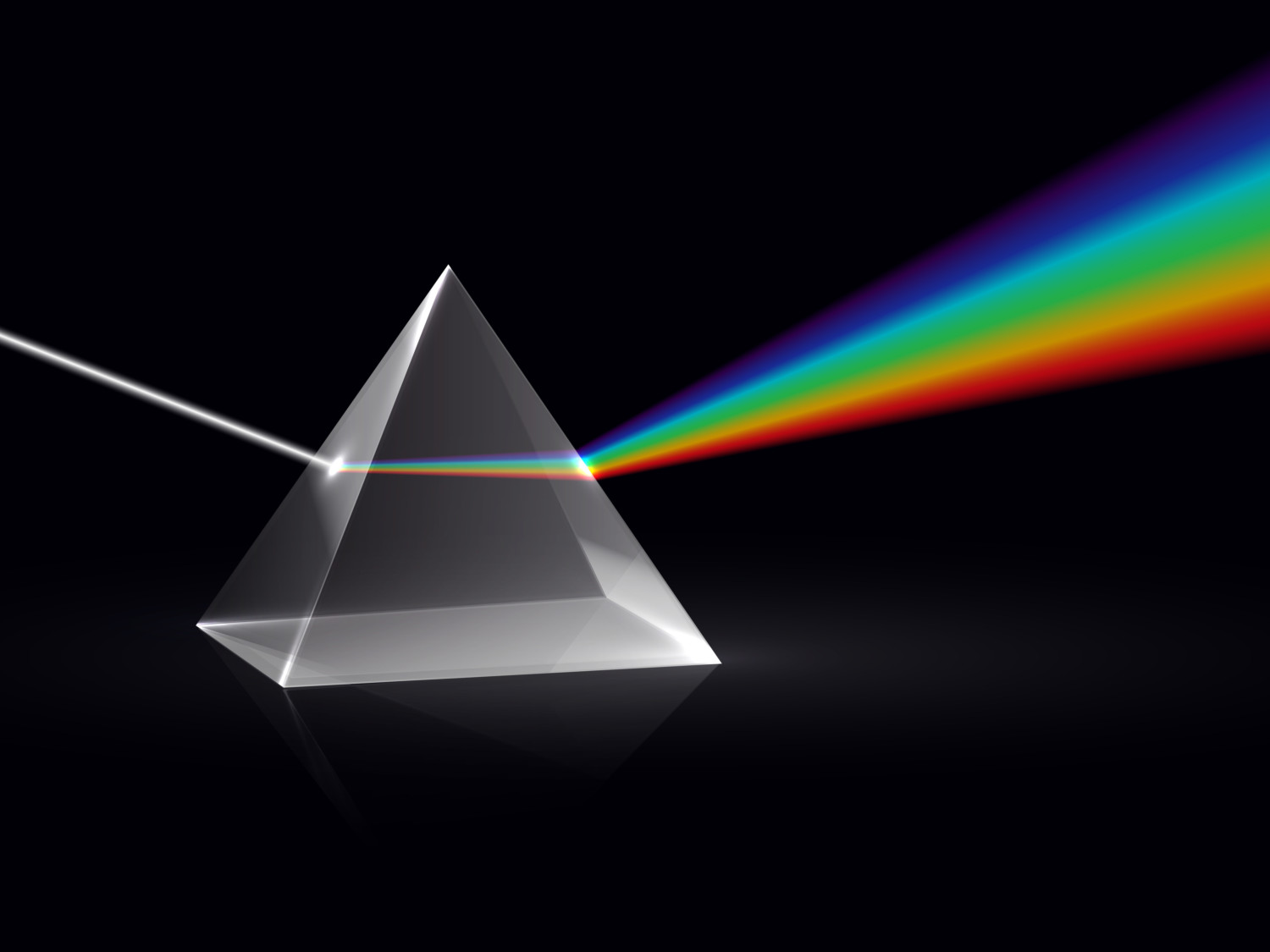The products and services mentioned below were selected independent of sales and advertising. However, Simplemost may receive a small commission from the purchase of any products or services through an affiliate link to the retailer's website.
From our spot on Earth, the sky appears blue most of the time, but for a few magical minutes at sunrise and sunset, it’s able to grab our attention with incredible shades of red, orange and pink.
A sunrise or sunset makes for a perfect photo opportunity, and you’ll see the evidence of that all across social media. But how do we get those colors?
To get the answer, we have to go back to science class, when your teacher likely first shined light through a prism to create a rainbow.

You probably know how it works: white light enters a crystal prism, the prism scatters the light, and a rainbow appears on the other side. The rainbow displays every wavelength of light that’s visible to human eyes, ranging from shortwave violet light to long-wave red light.
This works similarly in nature: the sun creates the white light and the atmosphere acts as the prism — although it’s a slightly imperfect one. This is why the sky appears blue during the daylight.
During the day, the atmosphere scatters the light from the sun, and the blue light, because it has a shorter wavelength than most of the other colors, is scattered across the sky. The same thing happens during sunrise and sunset, except the sun is lower in the sky, so the light is traveling through more of the atmosphere. This causes the blue light to scatter so much it’s eventually scattered out of our line of sight.
Red, orange and yellow light, however, have longer wavelengths, so the light we end up seeing are those warmer colors that make such great pictures.

Next time you see a beautiful sunrise or sunset, you’ll know you’re simply seeing those colors through much more atmosphere than if the sun were higher in the sky.
Follow meteorologist Jason Meyers on Twitter and subscribe to him on YouTube for more entertaining and educational content.
This story originally appeared on Simplemost. Checkout Simplemost for additional stories.


